Mulan
Most of us are familiar with Mulan from the animated Disney film as well as its live action remake, she was actually quite a legend already in China for many years. Scholars can’t come to an agreement whether she existed in real life, but the Ballad of Mulan first appeared in the Musical Records of Old and New in the 6th century during the Southern Chen dynasty.

Mulan
King Arthur
King Arthur has consistently been a popular figure in stories, books, and films, modern historians tend to agree that he never actually existed. The stories that involve King Arthur mostly come from English and Welsh folklore and also literary invention.

King Arthur
Robin Hood
Robin Hood is frequently featured in English folklore and has become one of the most popular tales in literature and movies for countless years. The legendary outlaw is known for stealing from the rich to give to the poor. While there have been endless debates as to whether or not he truly existed, there has never been evidence proving that he was a real person.

Robin Hood
Confucius
This one is also hotly debated: there are a lot of scholars that believe thinker and philosopher Confucius was a real person, some have questioned the validity of this. Associate professor of history and director of Chinese studies at the University of Colorado in Denver Lionel M. Jensen has argued that the idea of Confucius was brought by Jesuit missionaries in the 16th century.

Confucius
William Tell
Swiss folk hero William Tell was said to have been an expert marksman. It is said that his crossbow was the one that killed Altdorf tyrant Albrecht Gessler. However, it has been debated as to whether or not Tell was a real person, and many modern historian believe that his story is only a legend.

William Tell
Sun Tzu
The Art of War is one of the most influential books of all time, and it has been attributed to Sun Tzu who was said to be a Chinese military strategist, general, and philosopher. However, it is not clear whether he was real or not. Some have even said that the book is merely a compliation of lessons from many military leaders.
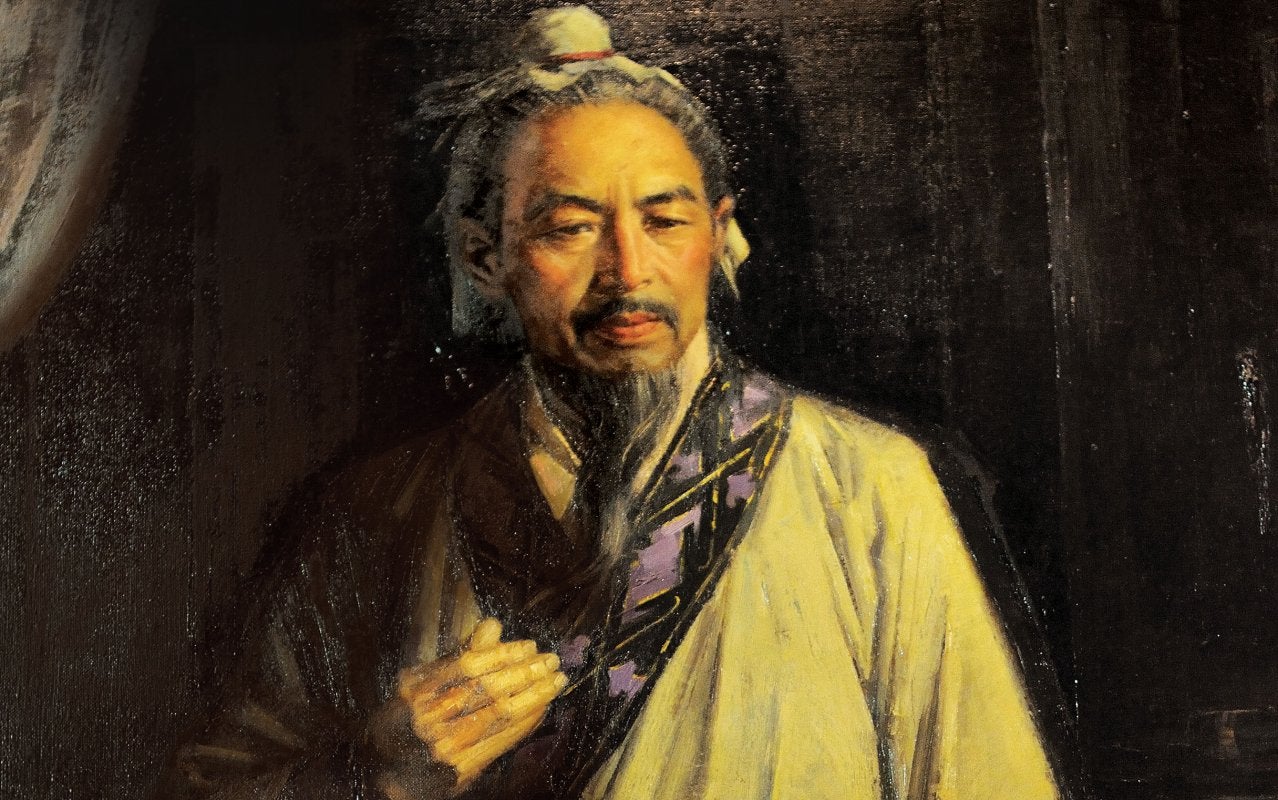
Sun Tzu
Homer
One of the greatest debate amongst scholars involves Homer, the Greek poet and philosopher who has said to be alive during the 8th or 9th century in Ionia. Homer is credited with being a poet of the oral tradition, which makes his works difficult to trace. Some believe that works that are attributed to him were actually transcribed by others.
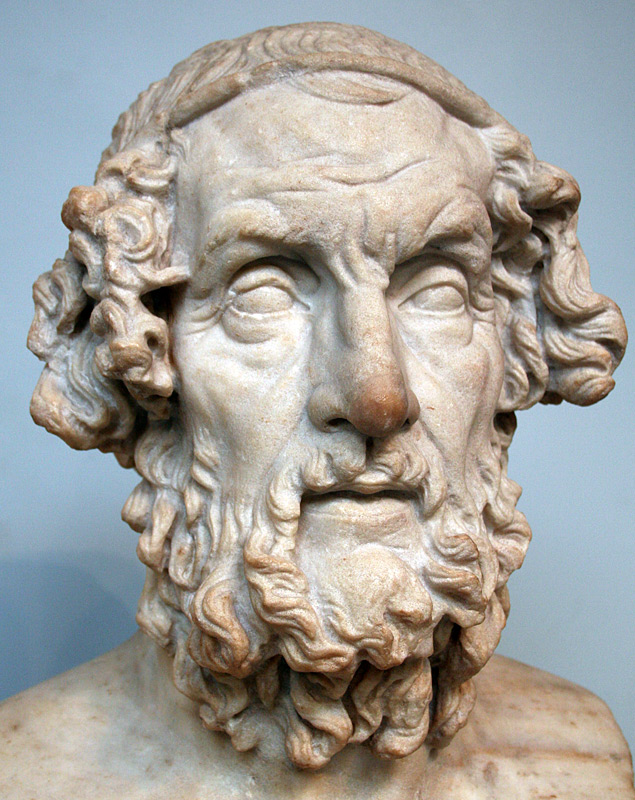
Homer
John Henry
“Steel-driving man” John Henry is a folklore hero that was known for hammering steel into rock to make holes for explosives when railroad tunnels were under construction. Henry is featured in many TV shows, films, and classic blues songs, but he was not a real person.
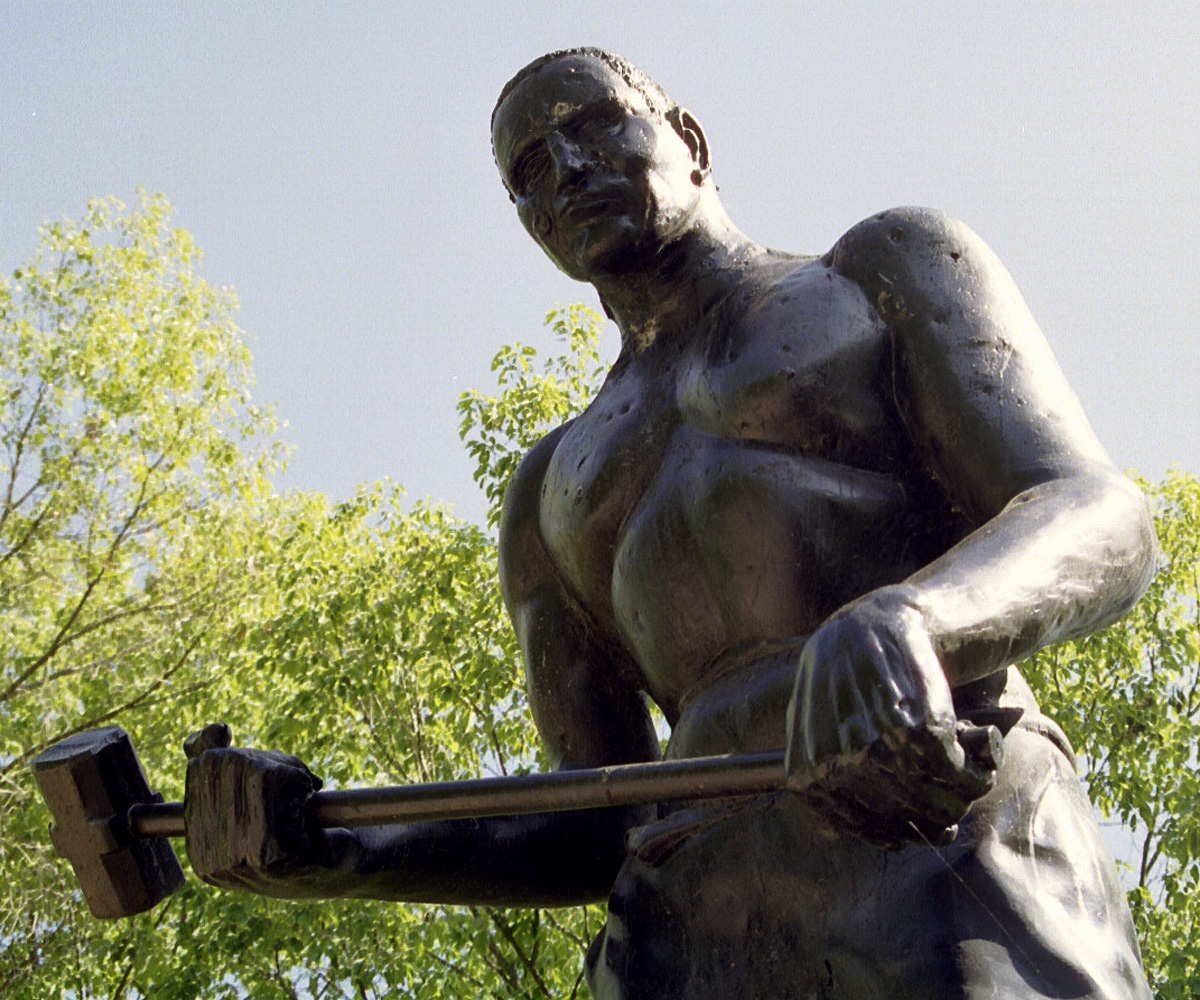
John Henry
Kunta Kinte
Kunta Kinte first appeared in Roots: The Saga of an American Family, a 1976 book that later was adapted to the 1977 TV miniseries. LeVar Burton played the character on the show. Kunta Kinte was not a real person, but he was certainly based on many people’s real experiences.
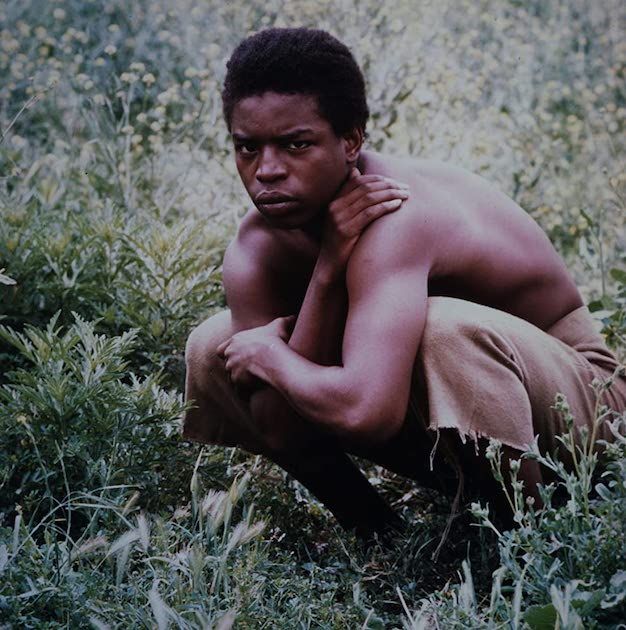
Kunta Kinte
Helen of Troy
Helen of Troy was “the face that launched a thousand ships,” as famously written in Marlowe’s Doctor Faustus. Helen was said to be the most beautiful person in the world, so much so that it caused a war. However, she was most likely not a real person and is merely a character in The Iliad.

Helen Of Troy
Jesus
This one is a bit controversial. Most modern historians do believe that Jesus was a real person, but most will agree that his portrayals in the Bible are quite inaccurate and likely not historically reliable. Of course, he is undeniably the most important and central figure in Christianity.

Jesus
King Solomon
Just as scholars hypothesize about Jesus, most believe that King Solomon was a real person but most experts across biblical archeology tend to agree that it is difficult to trace historical accuracy to the bible stories we are all familiar with.

King Solomon
King Midas
We’ve all heard of the Midas touch. Scholars believe that King Midas, who was cursed with turning anything he touched to gold, was a real person, but there is no evidence to show that he had any mythological abilities. The story is part of Greek mythology.
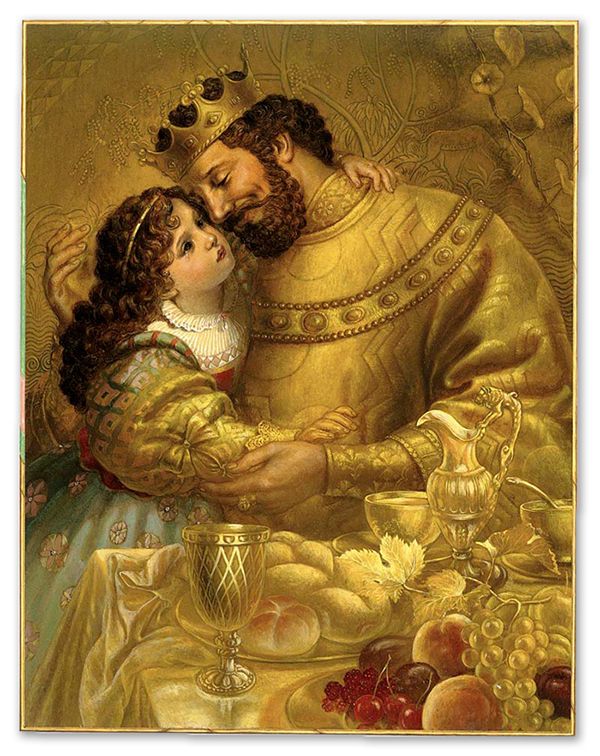
King Midas
Jack the Ripper
The legend of Jack the Ripper involves a serial killer who was supposedly active in 1888 London, especially in impoverished areas. The thing is, he was never actually identified, so it’s difficult to know whether all of the murders were connected to one person or not. These murders remain unsolved, so the story of Jack the Ripper is a combination of folklore, research, and pseudo-history.

Jack The Ripper
Odysseus
Odysseus, whose Latin name is Ulysses, was a Greek king and warrior whose story is the central one in The Odyssey. He is also a major character in The Iliad. While some scholars believe that he might have been real, there is no evidence to back this up.
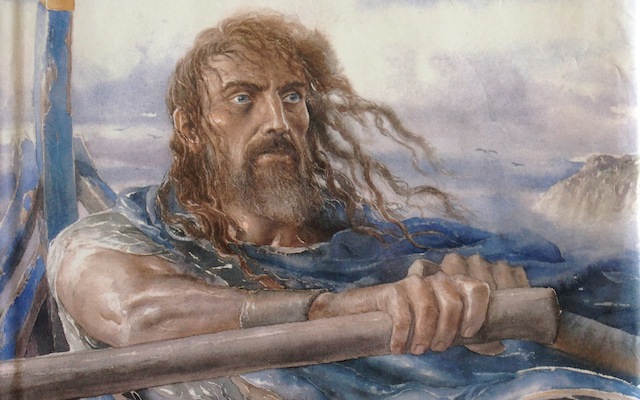
Odysseus
Pythagoras
Anyone who took geometry will be familiar with the Pythagoras Theorem, but most of us don’t know much about the man behind the theorem. Scholars believe that he was a real person, but his life remains a mystery and while many teachings are attributed to him, some wonder whether he actually authored them all himself.
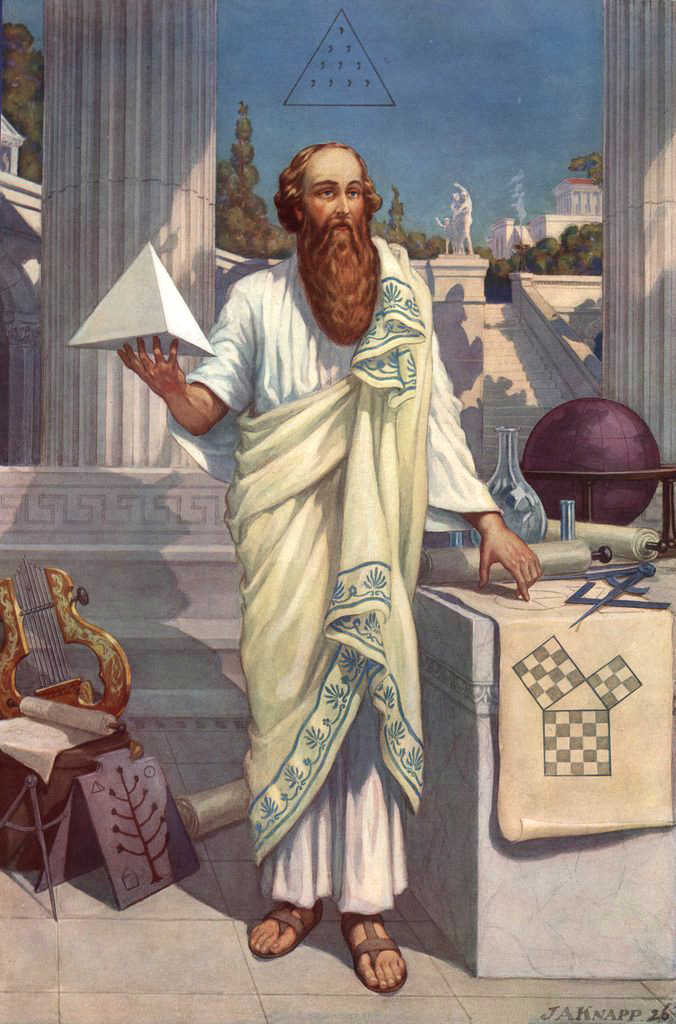
Pythagoras
Moses
Moses is one of the most central figures in Judaism, Islam, Christianity, and the Baha’i faith, along with other Abrahamic religions. Scholars do tend to agree that he was a real person who lived sometime during the 13th century BCE, the stories from the Bible are often considered by scholars to be legendary.
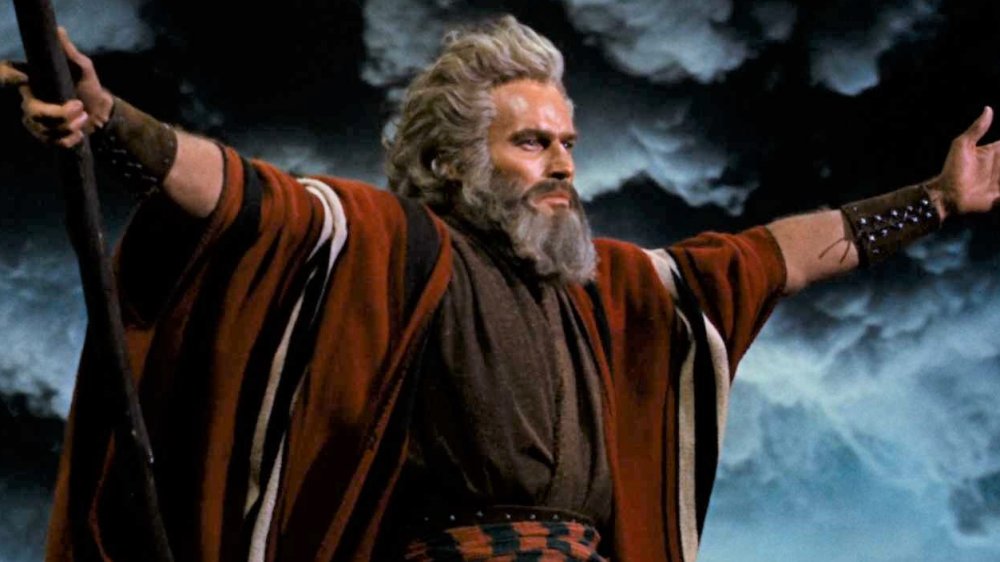
Moses
Carolyn Keene
Carolyn Keene was credited with penning the beloved Nancy Drew series. A lot of people don’t know that this was actually a pseudonym. The stories were actually written by writers like Mildred Wirt who were hired by Stratemeyer Syndicate. They were paid only $125 per book and had to agree to give up the rights to the works in addition to maintaining confidentiality.
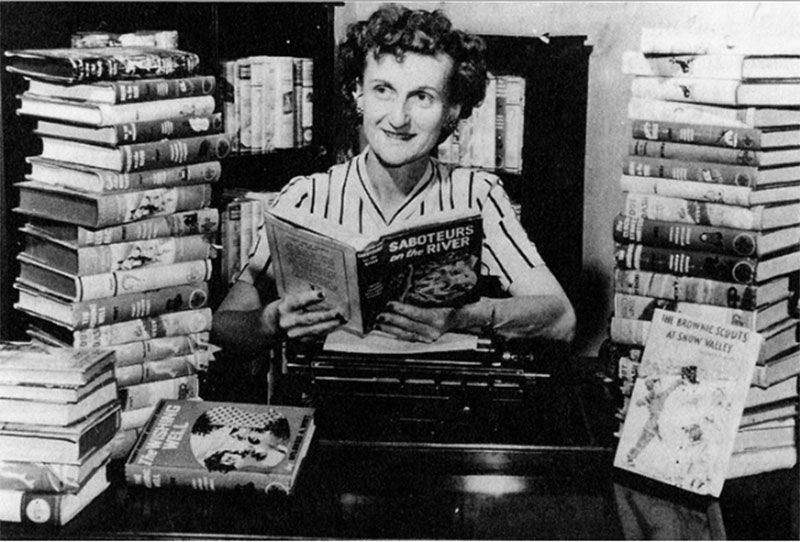
Carolyn Keene
Alan Smithee
For anyone who has watched a film that was directed by Alan Smithee, this might come as a surprise. The name is a pseudonym for any director who wanted to disown the project. The name was officially used from 1968 but was formally retired in the year 2000.
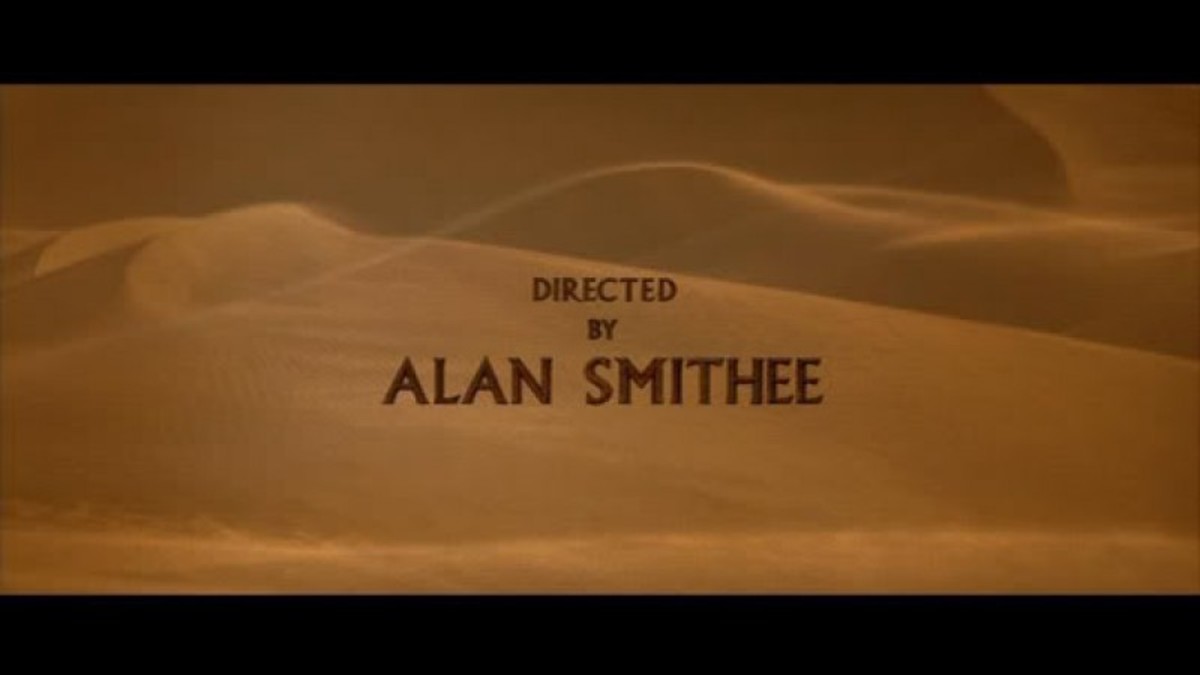
Alan Smithee
Donald Kaufman
Nicholas Cage portrayed Donald Kaufman in the film Adaptation, with Donald being the brother of the film version of actual filmmaker Charlie Kaufman. If you watched the movie, you might have believed that Donald is a real person, but he was actually invented by Charlie for the film and does not actually exist.
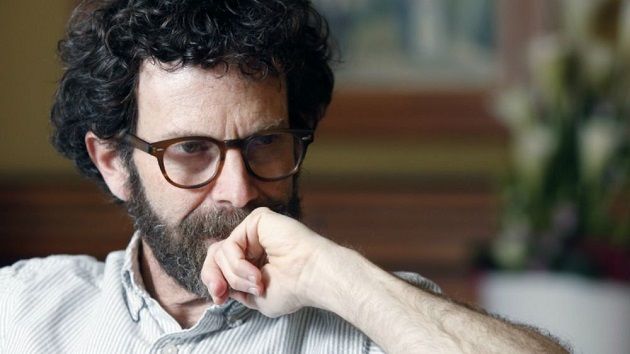
Donald Kaufman
Jim Crow
Created by Thomas D. Rice, Jim Crow is a character that would used in performances that often involved blackface. This stage persona would lead its name for negative stereotypes of black people. Many of us have heard of “Jim Crow” segregation laws that were in effect until the Civil Rights act was signed by Lyndon Johnson. However, Jim Crow was not an actual real person.

Jim Crow
John Doe and Jane Doe
You might have heard of the names John and Jane Doe, as these are used to name people whose real names are unknown or being concealed. There was never an actual John Doe historically but it was used because it satisfied technical requirements of jurisdiction. The rationale behind these names are not known.
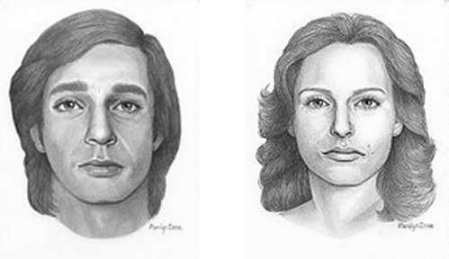
John Doe And Jane Doe
Betty Crocker
Betty Crocker was never a real person, but rather a fictional character created by the company (of the same name) that were used for their ad campaigns. In 1936, the portrait of Betty Crocker was commissioned to be used on packaging. The name Betty was chosen as it was an all-American name that sounded cheerful.

Betty Crocker
Alfred Bulltop Stormalong
Alfred Bulltop Stomalong is a folk hero that was the main character of many Massachusetts nautical tall tales. They name would first and frequently appear in sea shanties and later made an appearance in Here’s Audacity! a 1930 Frank Shay book. Even though he was featured in many stories, he is not believed to have ever actually existed.
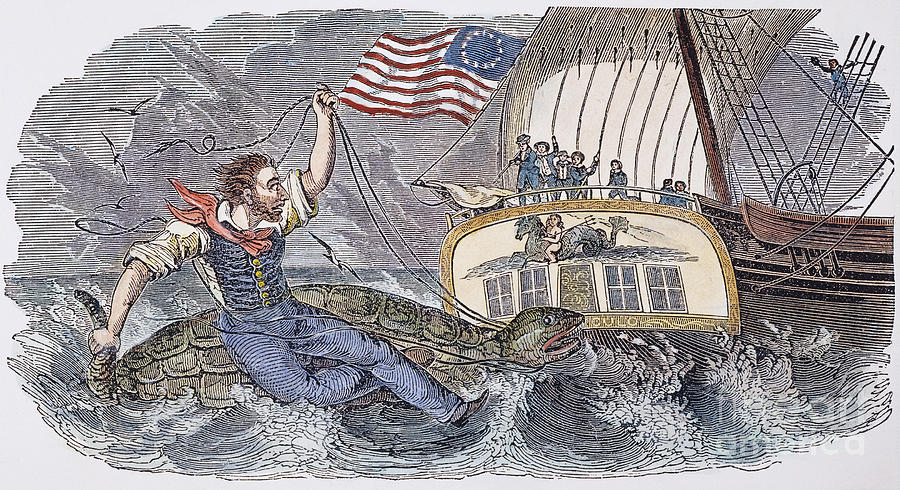
Alfred Bulltop Stormalong
James S.A. Corey
Writers Daniel Abraham and Ty Frank collaborated to write science fiction The Expanse under the pen name James S.A. Corey. They chose the name by using their middle names as well as Abraham’s daughter’s initials, S.A. They wanted to convey the name of a 1970s era of space opera writers.
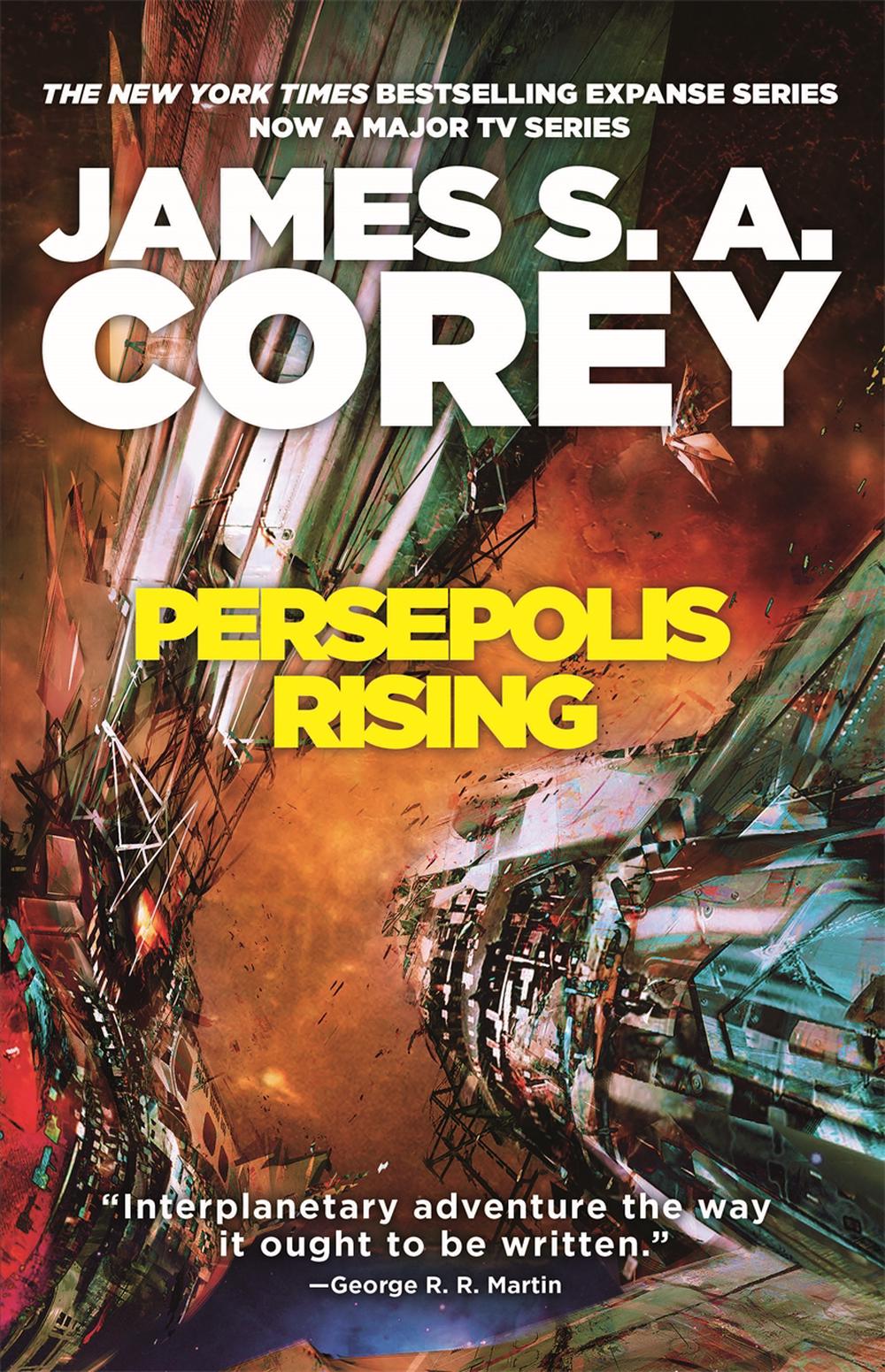
James S.A. Corey
Jack Dawson
While the Titanic was a real ship, the 1997 James Cameron film was loosely based on reality and took some liberties. Main character Jack Dawson was not a real person. Amazingly, at the Fairview Cemetery where 121 Titanic victims are buried, one grave is labeled J. Dawson. His first name was Joseph and he had worked as a trimmer in the engine room of the ship. The film had already finished filming before the crew realized this amazing coincidence.

Jack Dawson
Sherlock Holmes
While Sherlock Holmes is a massively popular character in literature, movies, and TV shows, despite what many people think, he was never actually a real person. His creator, Arthur Conan Doyle did base the character off of real-life surgeon Joseph Bell, who was known for drawing broad conclusions through very small details, a trait that he shares with Holmes.

Sherlock Holmes
Zorro
Just like Sherlock Holmes, the beloved character Zorro is such a big part of people’s lives that many believe he was actually a real person. The fictional character is often portrayed as a charming vigilante who protects the common folk and indigenous people of California against cruel tyrants. Some believe he was based on Joaquin Murrieta, referred to as the Robin Hood of the West.

Zorro
Ichabod Crane
Ichabod Crane is the main character of The Legend of Sleep Hollow, the famed short story by writer Washington Irving. Even though many people believe that he was a real person, he is only a fictional character in the story. In the 1999 Tim Burton film adaptation, Johnny Depp portrayed Crane.
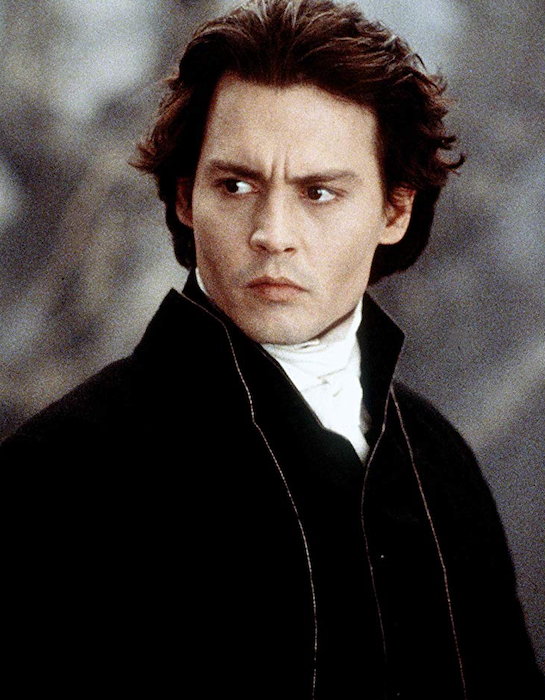
Ichabod Crane
Lonelygirl15
Lonelygirl15 was the name of a popular YouTube channel that featured videos that documented the life of 15 year old Bree. Fans were pretty unhappy when they realized that Bree was a fictional character being played by 19 year old actress Jessica Rose. Later, the series was expanded and continued for 3 seasons.

Lonelygirl15
Ann Taylor
Popular clothing store Ann Taylor is one of the most successful brands. Many have wondered who Ann Taylor actually is. Well, there was never an actual Ann Taylor, but the name was chosen by company founder Richard Liebeskind. He selected the name from the model name of a best selling dress from his father’s clothing store.

Ann Taylor
Uncle Ben
The image of “Uncle Ben,” an elderly African American man on the box of the company’s rice was supposedly inspired by a Chicago maitre d’hotel named Frank Brown. However, there seems to have never been actual Uncle Ben. In 2020, Mars Inc., the company that owns the brand, decided to change the name to Ben’s Original and remove his image from the logo.

Uncle Ben
Juan Valdez
Juan Veldez is the character associated with the National Federation of Coffee Growers of Colombia, as he has appeared in ads since 1958. However, he is a fictional character and not a real person. His mule Conchita would frequently make an appearance, carrying the sacks of coffee beans.

Juan Valdez
Piotr Zak
In June 1961, the BBC’s Third Programme broadcasted a composition named Mobile for Tape and Percussion that was allegedly composed by Polish composer Piotr Zak and allegedly played by Claude Tessier and Anton Schmidt. It was later revealed that it was a hoax created by BBC producers Hans Keller and Susan Bradshaw, who explained: “It was a serious hoax to set people thinking that fake music can be indistinguishable from the genuine.”

Piotr Zak
JT LeRoy
JT LeRoy is a literary character and persona created by writer Laura Albert. LeRoy was said to have been the writer of three fictional books that were meant to be semi-autobiographical. Savannah Knoop, Albert’s sister in law, pretended to be LeRoy in public. While the works attracted much literary and celebrity attention, it was then discovered that everything was made up. Knoop later published her own memoir about the experience called Girl Boy Girl: How I Became JT LeRoy.

JT Leroy
Mavis Beacon
Typing teaching software Mavis Beacon Teaches Typing was released in 1987 and become one of the most popular software programs of its kind. People assumed that the woman on the cover of the box was Mavis Beacon herself, but it turns out that the woman was actually Caribbean model Renee L’Esperance.
Mavis Beacon
Nat Tate
In 1998, Scottish author William Boyd published the novel Nat Tate: An American Artist 1928-1960. The book was written in the style of a biography, but it ultimately turned out to be completely made up by Boyd. Tate was described as “an abstract expressionist who destroyed 99% of his work and leapt to his death from the Staten Island Ferry.” The hoax meant to make fun of critics that are so unwilling to admit that there’s an artist they’ve never heard of.

Nat Tate
Aunt Jemima
The character of Aunt Jemima that was depicted on the brand’s products was based on the “Mammy” slave stereotype. In fact, Aunt Jemima first appeared in vaudeville and minstrel shows. In 2020, after many years of controversy, the company changed its name to Pearl Milling Company and removed the logo.

Aunt Jemima
Allegra Coleman
Actress and supermodel Allegra Coleman was featured on a 1996 cover of Esquire magazine that called her “Hollywood’s next dream girl.” Agents were quick to try to book her for jobs, but they ran into the same issue: she did not actually exist. It was actually a hoax by the article’s author Martha Sherrill. The woman on the cover was Ali Larter, who actually ended up booking many jobs following the stunt.

Allegra Coleman
Aimi Eguchi
Many fans of Japanese J-pop group AKB48 were happy to find out that there would be a new member name Aimi Eguchi joining the group. They were then shocked to find out that she was not an actual person but just a computer simulated amalgamation of all of the group’s real members “best” features.

Aimi Eguchi


